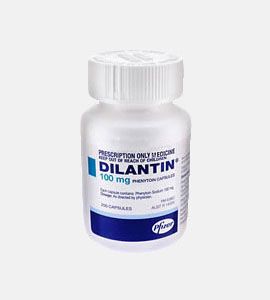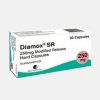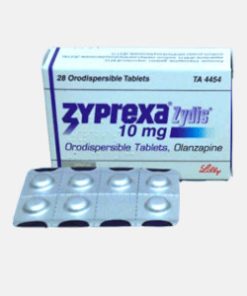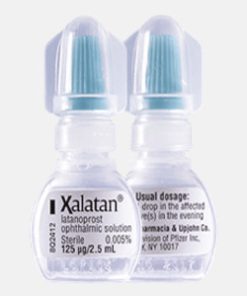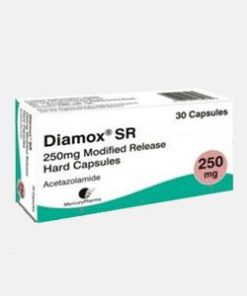Dilantin (Phenytoin)
Category: Other
Commercial Name: Dilantin
Active Ingredient: Phenytoin
Utilization: Anti-seizure medication used to treat epilepsy
Available Dosages: 100mg
Now go add some variable products!
Dilantin (Phenytoin)
The pills of Dilantin come in elongated or triangular shapes of white, orange-white or pink-white colors depending on the dosage and the producer. The usual dosages for one tablet, which contains phenytoin, are 30 and 100 mg. The medicine belongs to the group of antiepileptic means. The active component is phenytoin.
Pharmacological use
Dilantin is used in the treatment of epilepsy, mainly with large convulsive seizures. This drug works by slowing down the impulses in the brain that cause cramps. It is believed that the anticonvulsant effect is due to the stabilization of the membranes of neurons, axons, and synapses, as well as the limitation of the spread of excitation and convulsive activity. Like other hydantoin anticonvulsants, Dilantin has an exciting effect on the cerebellum, activating the inhibitory pathways that extend to the cerebral cortex. This effect can also lead to a decrease in convulsive activity, which is associated with increased discharges in the cerebellum.
The leaflet provided with the package offers basic information on how to administer the pills of Dilantin. Discuss the dosage with your physician and make sure to follow his exact prescriptions.
This drug has a set of side effects for health if used any differently from doctor’s orders. Side effects can be various, for example:
– skin rash;
– nausea;
– headache;
– insomnia;
– loss of balance or coordination;
– severe muscle pain.
A careful selection of doses is necessary (for epilepsy, the concentration in the blood is determined on the 7-10th day of treatment) because elimination is a saturable process and an increase in dose may be accompanied by a disproportionate increase of plasma levels.
This is not the complete list of side effects, and you should report to your doctor immediately about any unpleasant symptoms that persist.
Related products
Other
$94.00
Other
$150.00
Other
Other
$130.00
Other
Other
Other
Other

